Country Area 347 km2 Founded 12th century | Population 566,996 (2009) Region South Kazakhstan Region Mayor Rauan Abeniaz | |
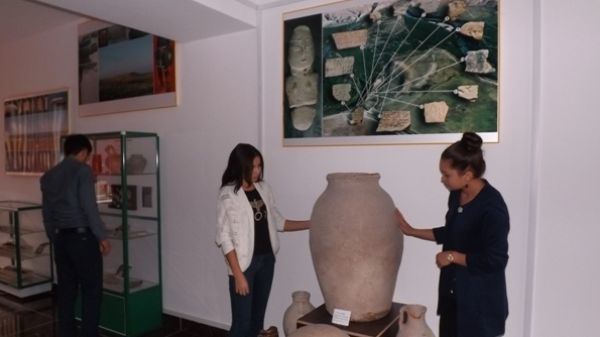 | ||
Colleges and Universities South Kazakhstan State University | ||
Map of Shymkent
Shymkent (Kazakh: Шымкент/Şımkent), known until 1993 as Chimkent (Uzbek: 'Чимкент', چىمكېنت; Russian: Чимкент), is the capital city of South Kazakhstan Region, the most densely populated region in Kazakhstan. It is the third most populous city in Kazakhstan behind Almaty and Astana with an estimated population of 629,600 in 2011. A major railroad junction on the Turkestan-Siberia Railway, the city is also a notable cultural centre, with an international airport. Shymkent is situated 690 kilometres (430 mi) west of Almaty and 120 kilometres (75 mi) to the north of Tashkent, Uzbekistan.
Contents
- Map of Shymkent
- Episode 13 kazakhstan shymkent turkistan 365 days off
- The third largest city in kazakhstan shymkent
- History
- Climate
- Demographics
- Economy
- Sport
- In popular culture
- References
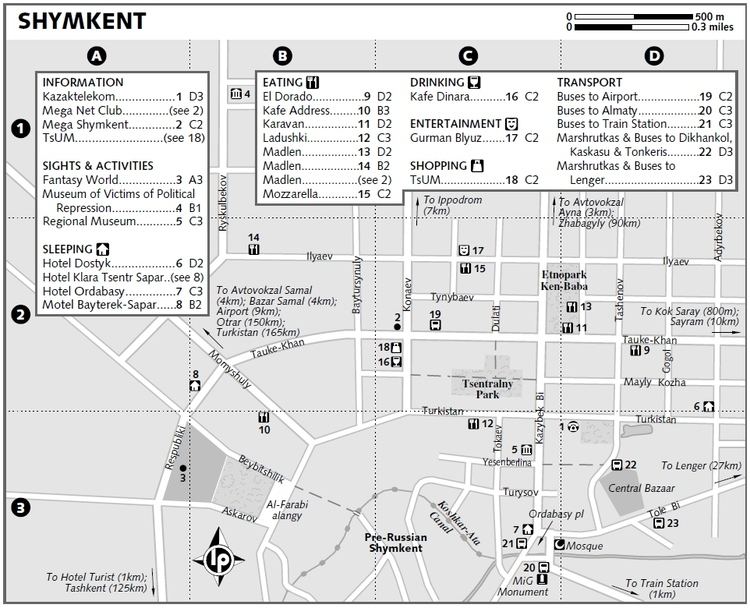
Episode 13 kazakhstan shymkent turkistan 365 days off
The third largest city in kazakhstan shymkent
History
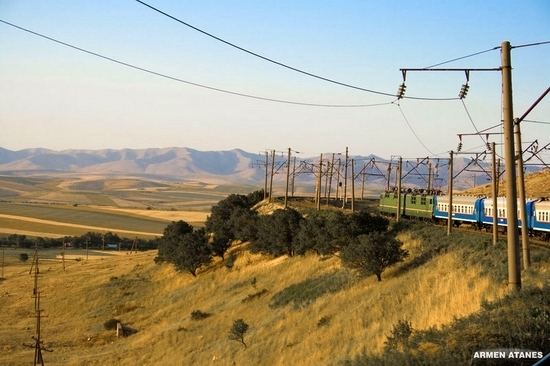
Shymkent was founded in the twelfth century as a caravanserai to protect the Silk Road town of Sayram, 10 km to the east. Shymkent grew as a market center for trade between Turkic nomads and the settled Sogdians. It was destroyed several times: by Genghis Khan, soldiers from the southern Khanates, and by nomad attacks. In the early 19th century it became part of the khanate of Kokand. It was captured by the Russians in 1864. It was renamed Chernyaev in 1914 and renamed Shymkent in 1924. Following the Russian conquest, Shymkent was a city of trade between nomadic Turks and sedentary Turks, and was famous for its kumis.
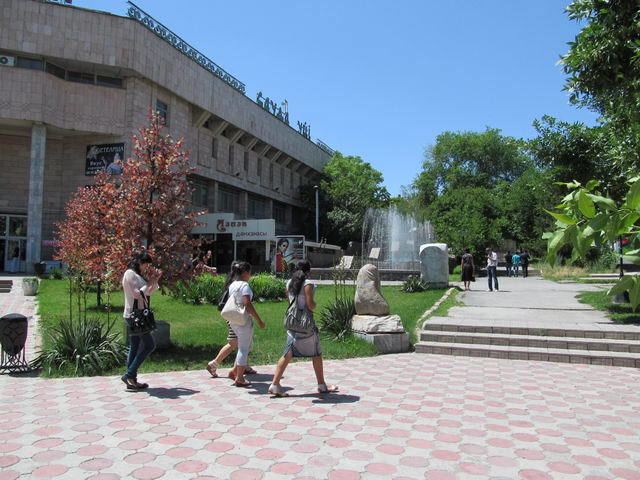
There was a gulag located near Shymkent, and many Russian-speaking people came to the area via imprisonment.
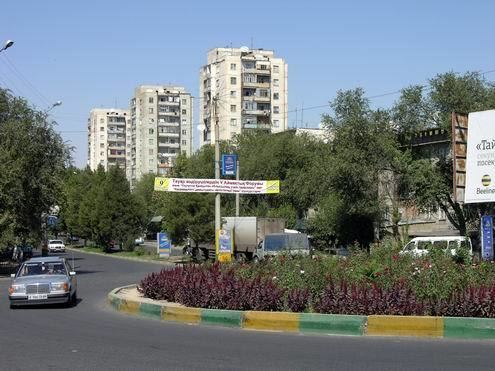
The name Chimkent comes from two Uzbek words chim,meaning turf and kent (or kand), meaning city. Together, Chimkand or Chimkent for "city in the grass/turf."
After Kazakhstan gained independence, the city was renamed Shymkent in 1993 as part of the government’s campaign to apply Kazakh names to cities. The formal spelling of Шымкент (Shymkent) as codified in Kazakhstan’s Constitution goes against the original Uzbek spelling rules of never having the letter "ы" follow the letter "ш". As a result, the new name Шымкент (Shymkent) is used only in Kazakhstan, while other countries continue to use the original spelling Чимкент (Chimkent).
In January 2015 Shymkent officials sent a request to UNESCO to be recognized as an ancient city.
Climate
Shymkent features a borderline Mediterranean (Köppen Csa)/Dry-Summer Continental Climate (Dsa) climate, not unlike Eastern Washington or Northern Idaho but with much hotter summers. Shymkent features hot, relatively dry summers and cold winters. Winters here are noticeably warmer than in more northerly cities like Almaty and Astana, with the mean monthly temperature during the city’s coldest month (January) averaging around −1 °C (30.2 °F). Shymkent averages just under 600 millimetres (23.62 in) of precipitation annually.
Demographics
According to the census of 2011, the city had 637,800 inhabitants. In 2009, the population of Shymkent was 603,499 (2009 Census results); in 1999 it was 423,902 (1999 Census results).
Economy
Formerly dominated by lead mining, industrial growth began in the 1930s.
A lead smelter was opened in Shymkent in 1934 or 1938. It supplied a major part of the USSR's metals needs, copper as well as lead and others, including three-quarters of all bullets fired by the Red Army. Smelting continued until 2008, causing extreme levels of pollution (lead, cadmium et al.) in the surrounding ground, and then controversially restarted in 2010, briefly, under a major UK-listed company, Kazakhmys.
The city also has industries producing refined zinc, processed karakul pelts, textiles, foodstuffs, and pharmaceuticals. Also, the city has a medium-sized refinery, which is owned and operated by PetroKazakhstan.
Sport
In popular culture
In Command & Conquer: Generals, Shymkent is the starting point of the GLA counterattack by destroying the Chinese presence and a local hydroelectric dam to flood out the Chinese outposts in the riverside.
